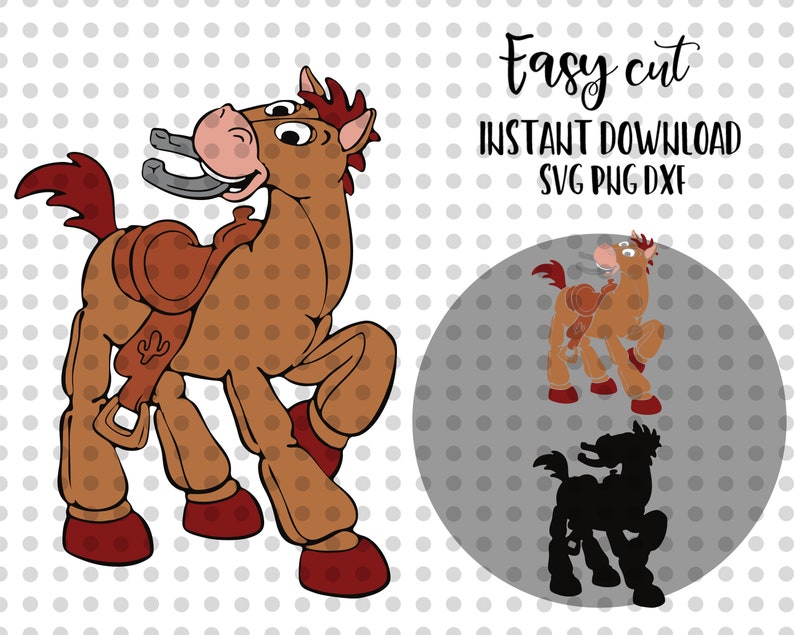

Removable VinylsĬrafters then started turning to removable vinyl or freezer paper to create custom DIY stencils since these products can adhere tightly to the base layers. And since it’s usually difficult to create a tight steal between a surface and a thicker plastic sheet, these “traditional” stencils are prone to “bleeding” (i.e., paint seeping under the edges), which results in muddy designs. Any design can be cut into these plastic sheets (either by hand or with a cutting machine), but they require stencil adhesive to hold them in place on your project. Paint Brush, Stencil Brush, or Sponge BrushĪll About Cricut’s Stencil Vinyl Mylar Sheetsįor a long time, the only way to create reusable stencils was with mylar stencil sheets.Paint or Stain of your choice – Basic acrylic paint works awesome on unfinished wood surfaces, is budget-friendly, comes in every color imaginable, and is easy to use.Stencil Vinyl – More on this product below.Fine Point Blade – comes with your machine.Cricut Machine – Any Cricut machine can be used for this project ( Cricut Joy | Cricut Explore models | Cricut Maker models).(This project uses the IKEA FROSTA stool, which is discontinued in the US, but here is a similar version). Surface to Stencil – Walls or unfinished wooden objects work best.Here is what you will need to make your own stencil: Stenciled designs also have a more polished/professional appearance (especially when it comes to home decor) compared to details added via plastic-like vinyls. Therefor, the design will be harder to remove (you’ll either need to sand it off or paint over it) and your surface will remain flat and smooth. On the other hand, stenciling a design onto a surface makes the details permanent since paint/stain soaks into the wood rather than sit on top. Additionally, designs created with these adhesive-backed products will have a raised surface, making them difficult to seal or waterproof. So why go through the hassle of using a stencil (with messy paint or stain) to decorate an object?Īlthough adding designs with vinyl or iron-on is easy and looks great, it’s also very temporary (meaning it can be peeled off). Case in point, I’ve used vinyl to make my own “wallpaper”, furniture decals, and decorative tray and iron-on to add designs to a sign.

These days, there are so many different ways to add patterns to home decor items. When placed on the wood, painted over and then removed, the blue design (shown to the right) is left behind. In the picture below, my hands are holding a small stencil of an abstract design. Paint or stain is applied over the stencil and when the stencil is pulled away, the relief of the design (opposite) is revealed on the surface.

Stencils are essentially designs (e.g., shapes, patterns, words, phrases, etc) cut into plastic material that is then overlaid onto paintable/stainable surfaces such as wood, walls, fabric, etc.
Easy cut studio cricut how to#
Today, I want to show you how to cut stencils with a Cricut machine so you too can dive into this whole new world of creative possibilities! It’s so fun, and not at all hard to do but there are some tips and tricks you need to know in order for your projects to turn out just right. But did you know you can also use your Cricut machine to make stencils? This involves cutting a design into stencil material, painting over it, and then removing the material to reveal a design permanently transferred to your project. Most Cricut projects involve cutting images out of a some sort of material and placing them onto your project.


 0 kommentar(er)
0 kommentar(er)
